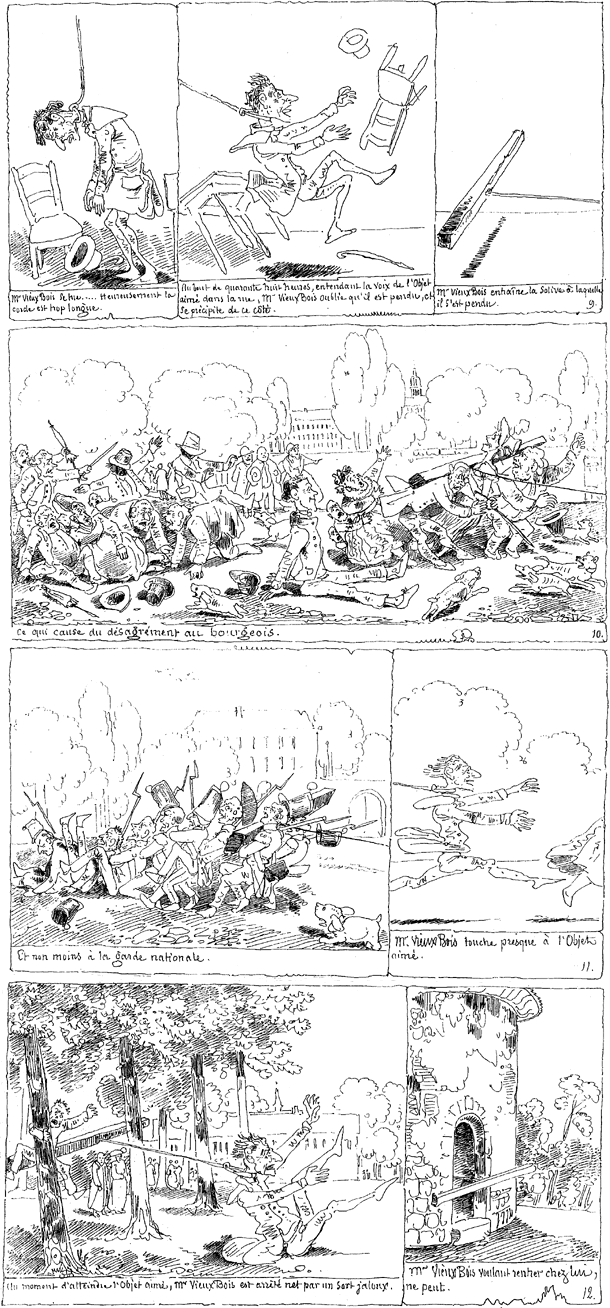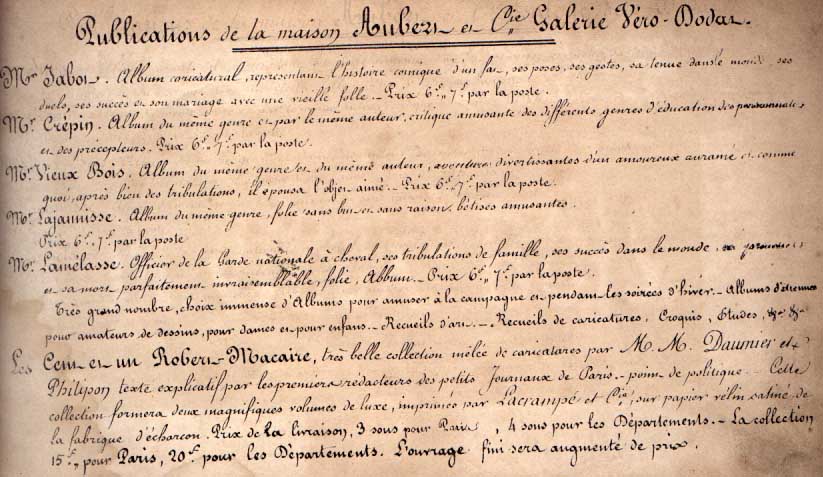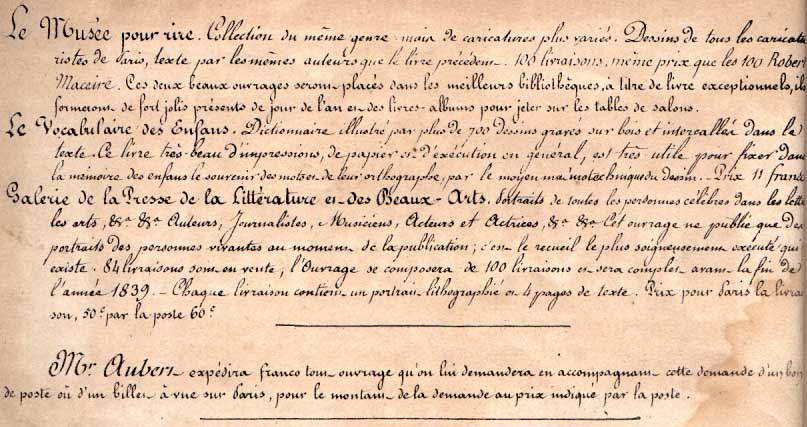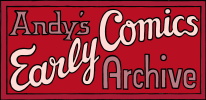|
Comparison of key sequence in Vieuxbois (second version, 1839) and the Aubert pirate version (1839) and the Obadia Oldbuck US version (1842)
|


These enlightening comments were sent to the Platinumcomics discussion group (Message 6980) by Leonardo di Sá
Chronologically we have:
1837: first Swiss Rodolphe Töpffer edition of his "Histoire de Mr. Vieux Bois".
1839: early this year were published the first Aubert versions of three Töpffer
albums, including "Vieux Bois".
1839: in April, in Geneva, Töpffer released the second improved edition of his
"Vieux Bois" in reaction to the bootlegs.
1839: by the end of the year Töpffer's protests against the bad quality of the
fakes had apparently Aubert do second editions of the three stories, now closer
to the originals.
1841: late this year "The Adventures of Mr. Obadiah Oldbuck" was published in
Great Britain by Tilt & Bogue, in London.
1842: the British edition was reprinted in the USA in another format by Wilson
and Company, New York, dated September 14, 1842, as a supplement to "Brother
Jonathan" Extra no. IX.
One should note that a mid-nineteenth century reprint or copy is not
photographically the *same* as the original printing. We have talked about this
before and this Töpffer case is exemplary. A manual copy redrawn by some
artisan is just that: A COPY. The result can be one of three things:
- the almost exact duplication of the original, which is not very likely or
common;
- the simplified version of the drawings as compared to the original, which is
what happens in most instances;
- and finally, the copy can add some sort of detail as compared to the
original, which just goes to show that engravers had a fair amount of liberty.
Now, what we first have here is a somewhat crude (simplified) Parisian copy of
the Töpffer originals. Then we have another Brit / American copy which
apparently adds some flourishing to the drawings. As far as it goes, this
doesn't seem at all impossible.
From the comparison of Töpffer's 1839 version of "Vieux Bois", the known Aubert
bootleg and the Brit / American editions I would say that was exactly what
happened.
And this is what Andy has plainly shown us.
We know that Töpffer had a private distribution *network* that allowed for
copies of his albums to be sold by book-dealers abroad: Cherbuliez in Paris,
Jules Gerster in Neuchâtel, in Tübingen (Germany), in London, etc. But we also
know that there weren't really enough Swiss copies to go around. Even Paris,
sharing the same language, didn't get an adequate amount of copies - and this
permitted the appearance of the Parisian counterfeits. Most probably very few
original Töpffer editions made it to England.
On the other hand we know that Aubert had it's authorized agent in London,
Delaporte's in the Burlington Arcade (remember we are talking about the first
half of the nineteenth century, when any educated Englishman had at least some
knowledge of French...) and the Parisian publisher was in contact with Tilt &
Bogue. We also have George Cruikshank's assertion that the frontispiece for the
British edition was "copied from a French book by my Brother."
BUT...
The problem is that I at least do not know the Töppfer 1837 published version
which was the direct original for the Parisian bootleg. Nor do I know anyone
who has that edition, which was also NEVER reprinted.
To further complicate matters, there were the different Aubert versions of the
three albums. Reportedly, the first versions published in early 1939 deviated
from the originals (inverted drawings et al) whereas the second editions had
corrections introduced. Andy's copy is surely a second bootleg edition, not a
first. For one it does not have any inverted drawings and besides the
publisher's catalog has two of Cham's comic strip albums which also came out in
1839 but only AFTER the first Töpffer counterfeits ("Mr. Lamélasse" and
"Histoire de Mr. Lajaunisse").
It *could* well be that Obadiah is CLOSER in detail to the 1837 Töpffer version
than to the 1839 Aubert edition, but this can only be deduced if we can compare
all versions.
In conclusion: in all likelihood, the British Tilt & Bogue edition (and hence
the American) was indeed taken from the Parisian Aubert. But we will not know
absolutely for sure until we have seen the missing versions.
I have discussed this problem some months ago with Michel Kempeneers and
Thierry Smo., namely the possibly of having copies made from some library in
Switzerland. Unfortunately nothing has yet surfaced.
Leo
|
|








